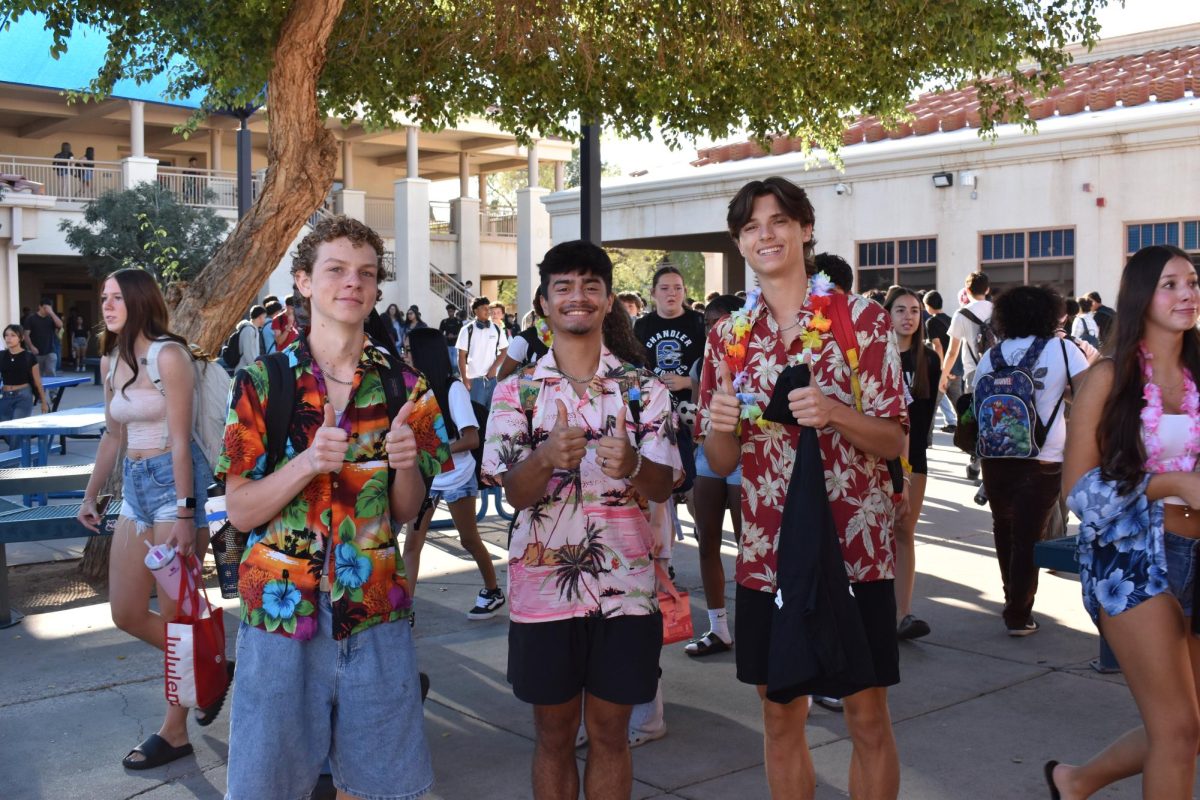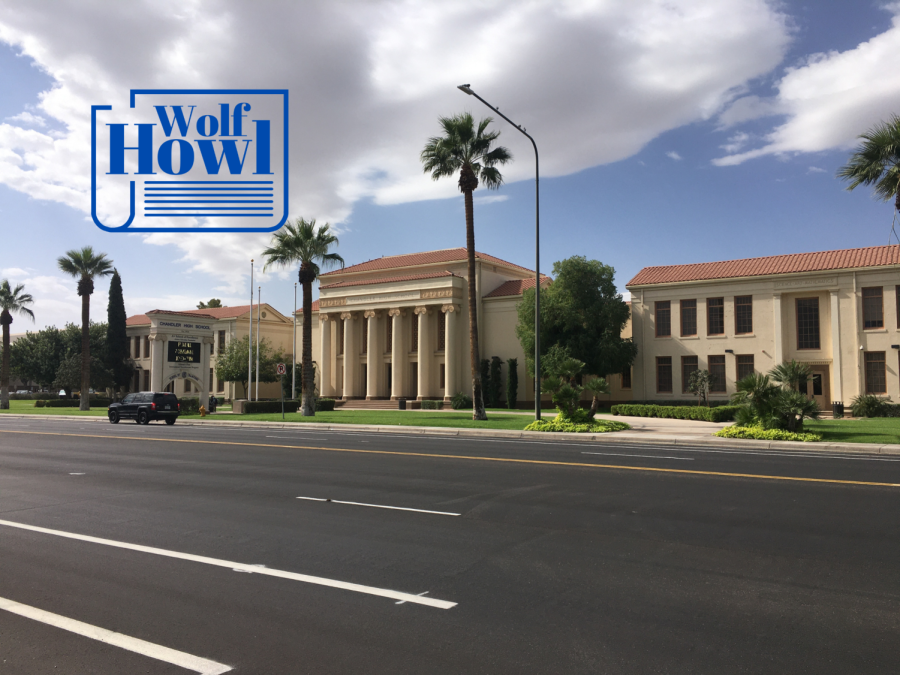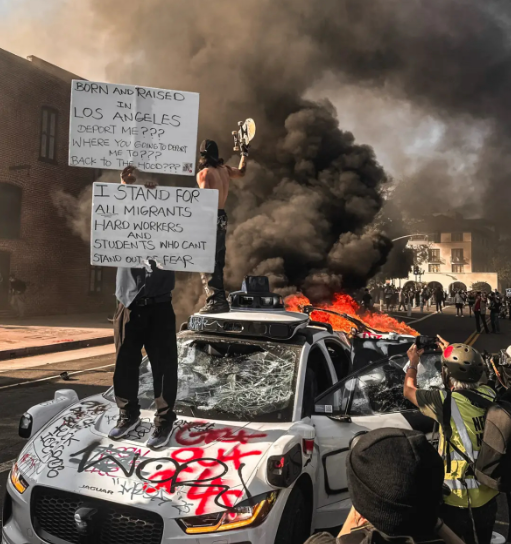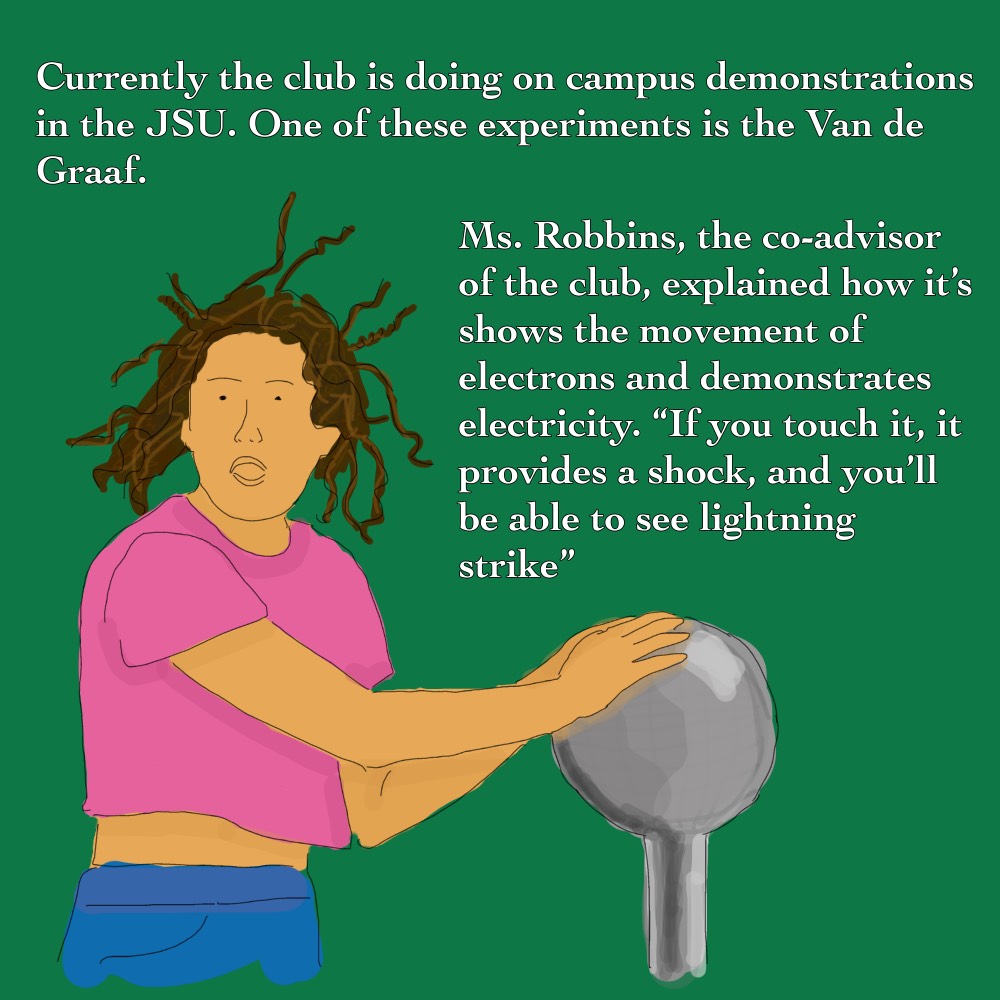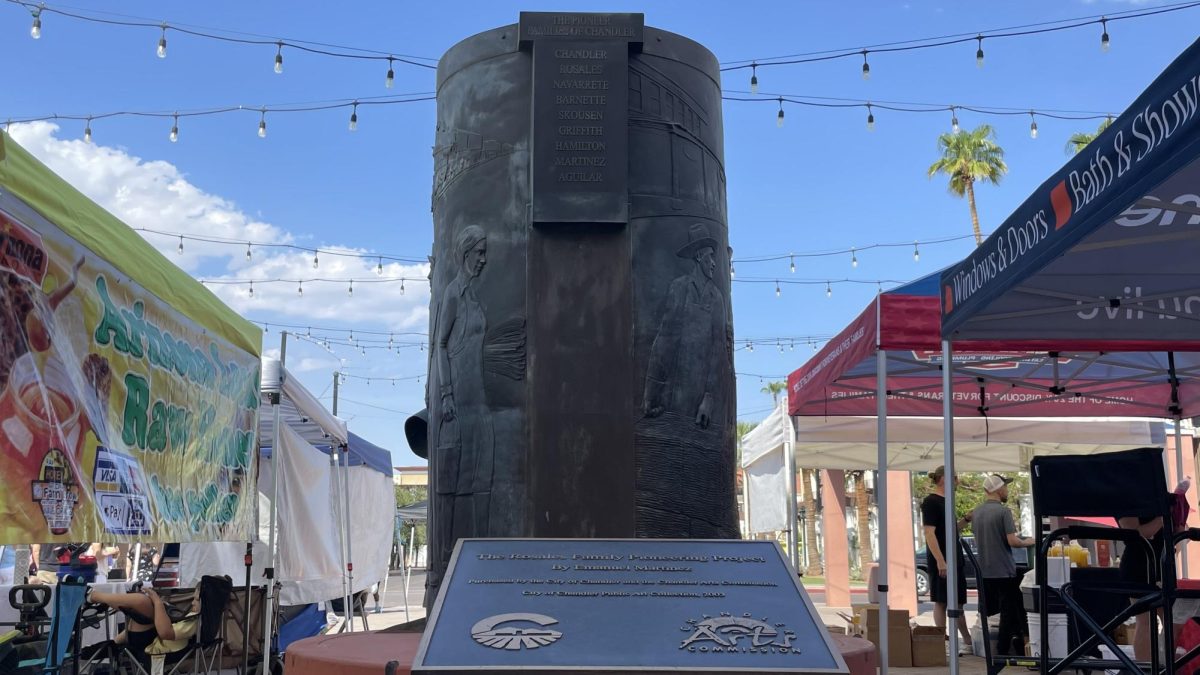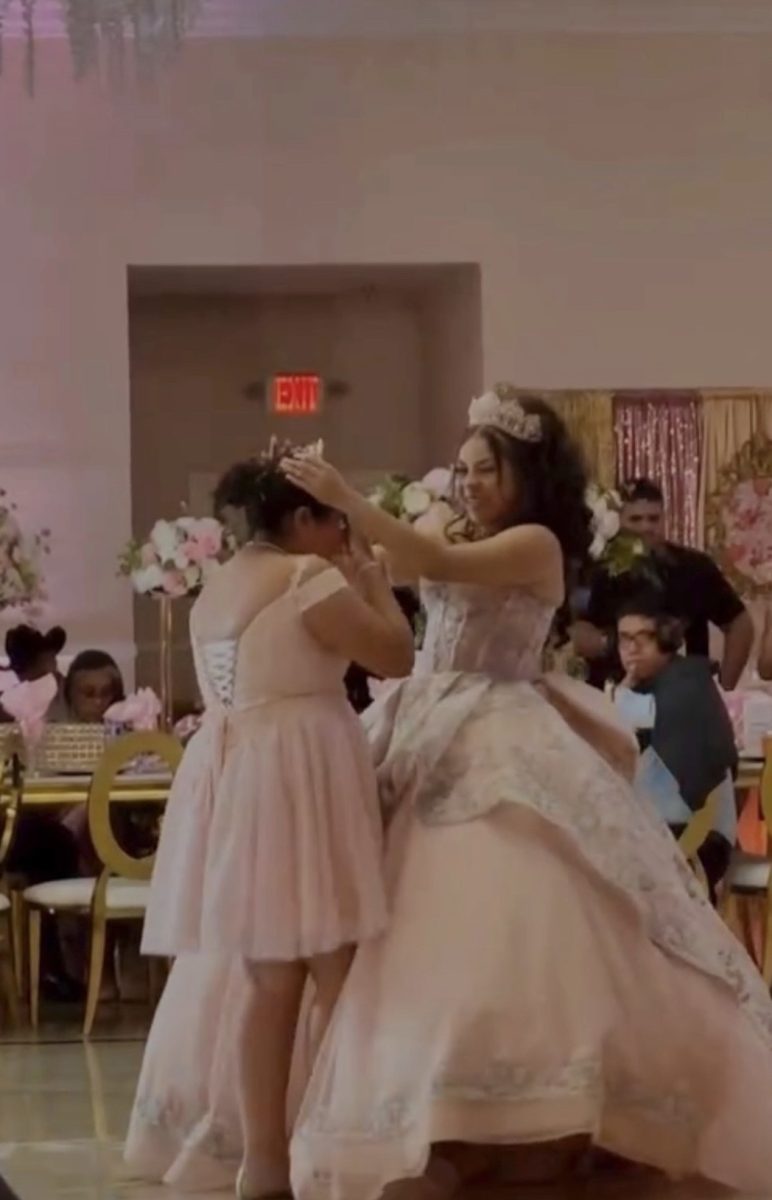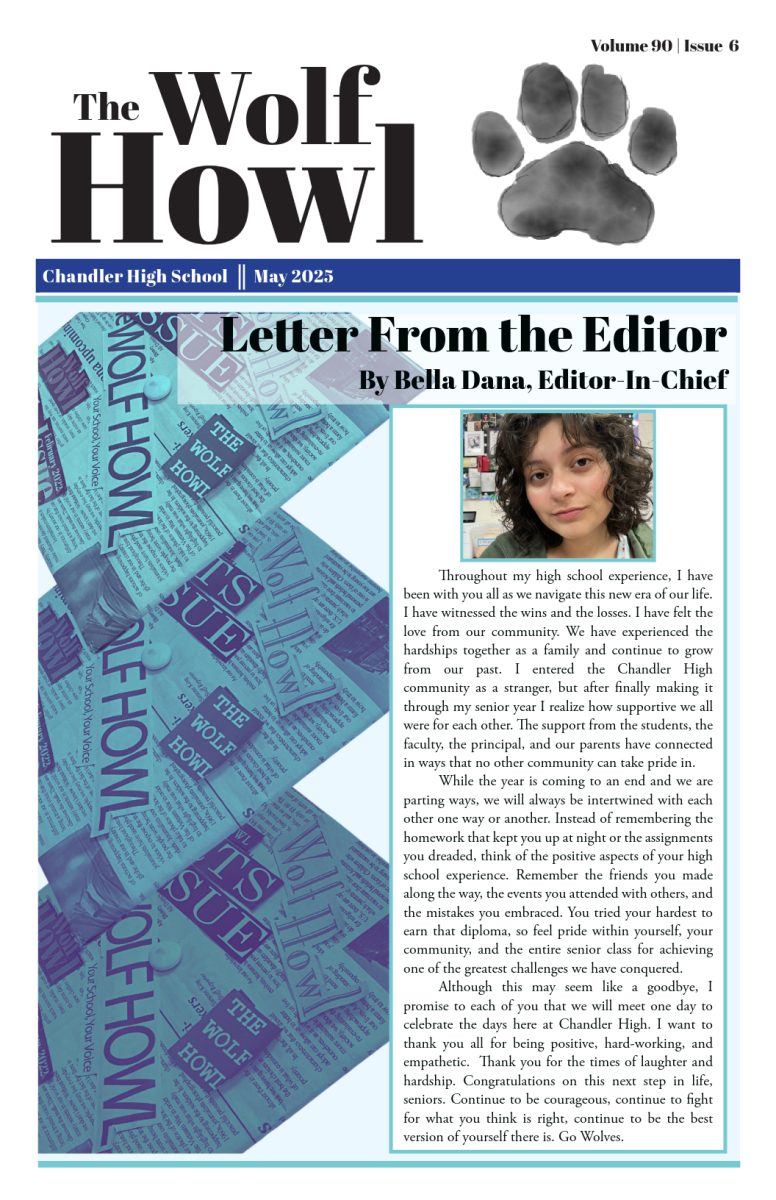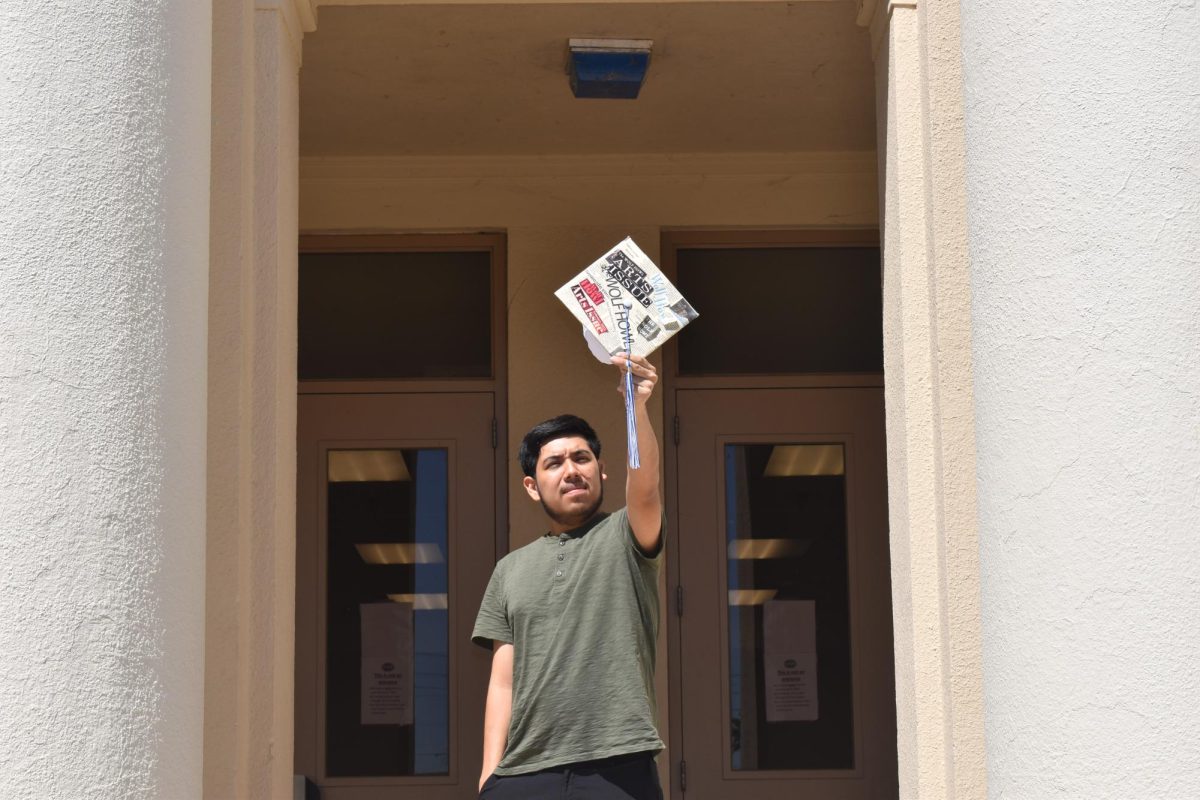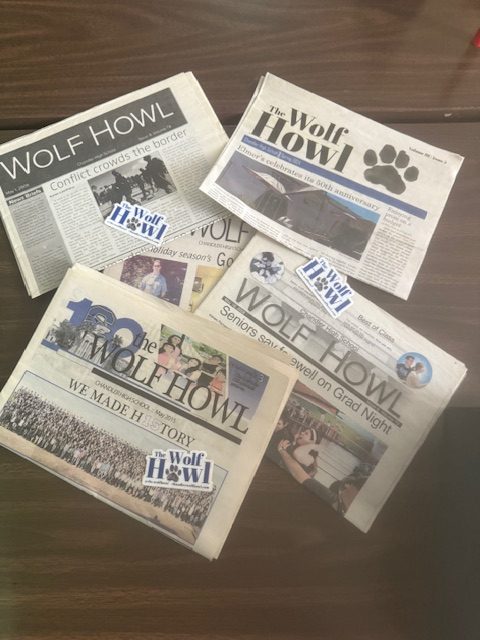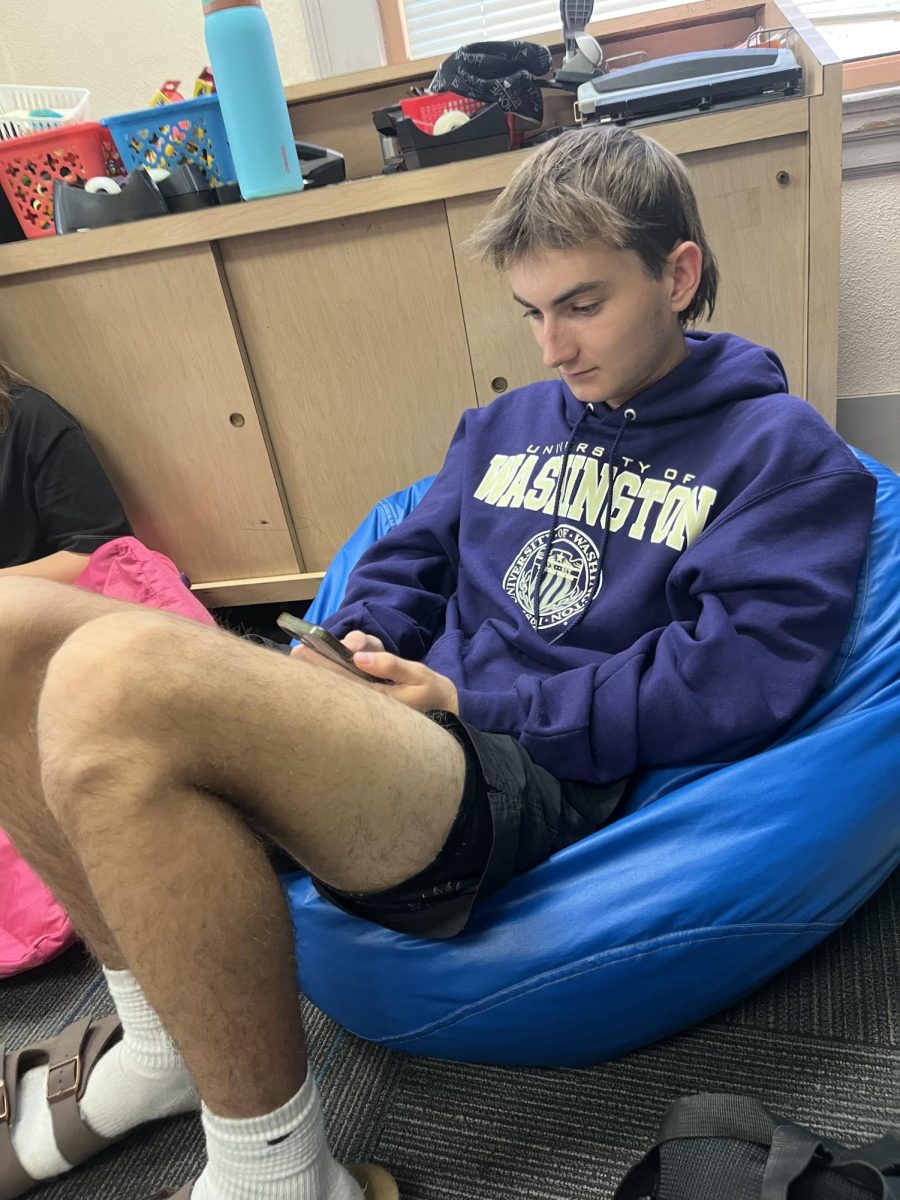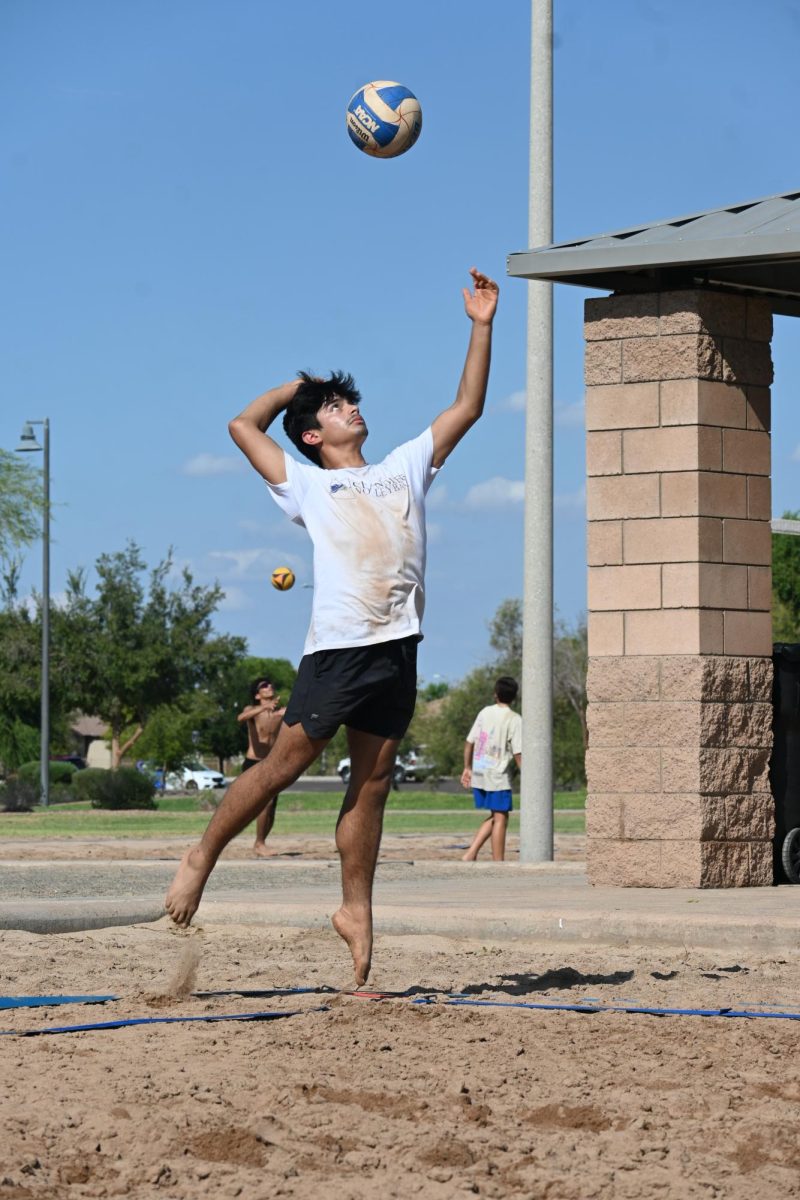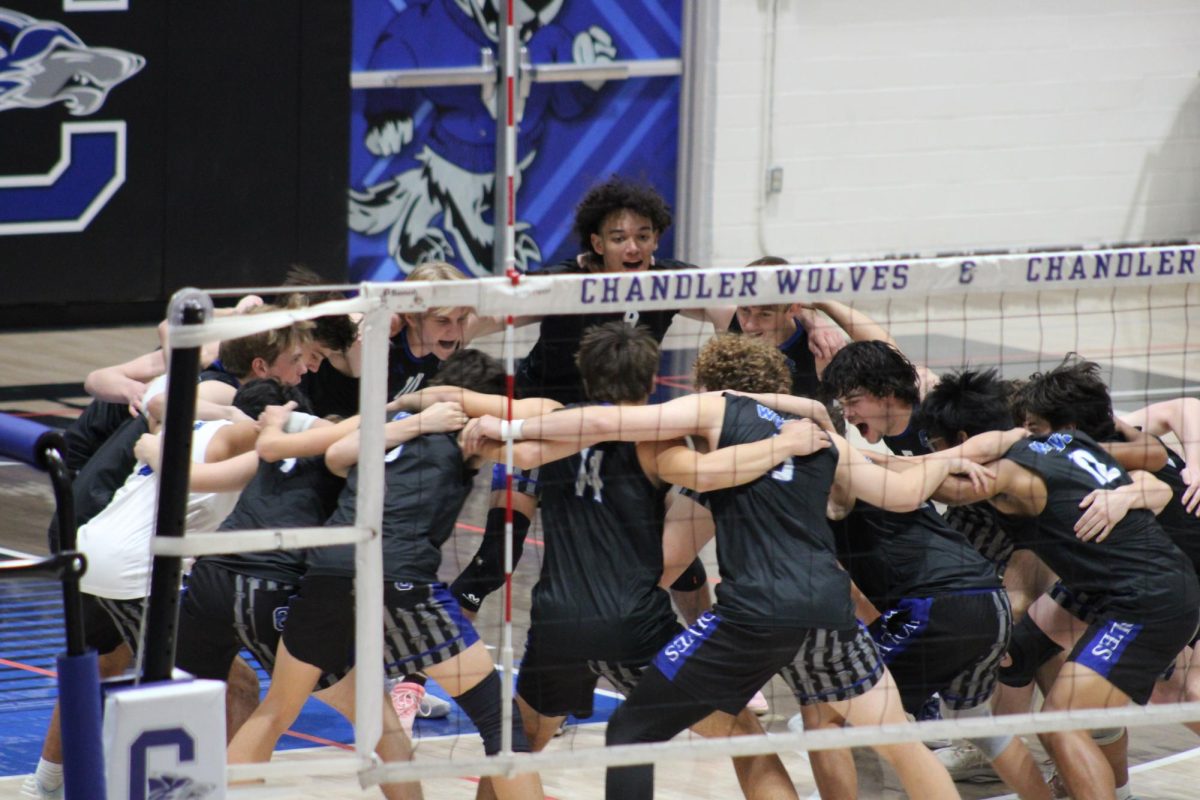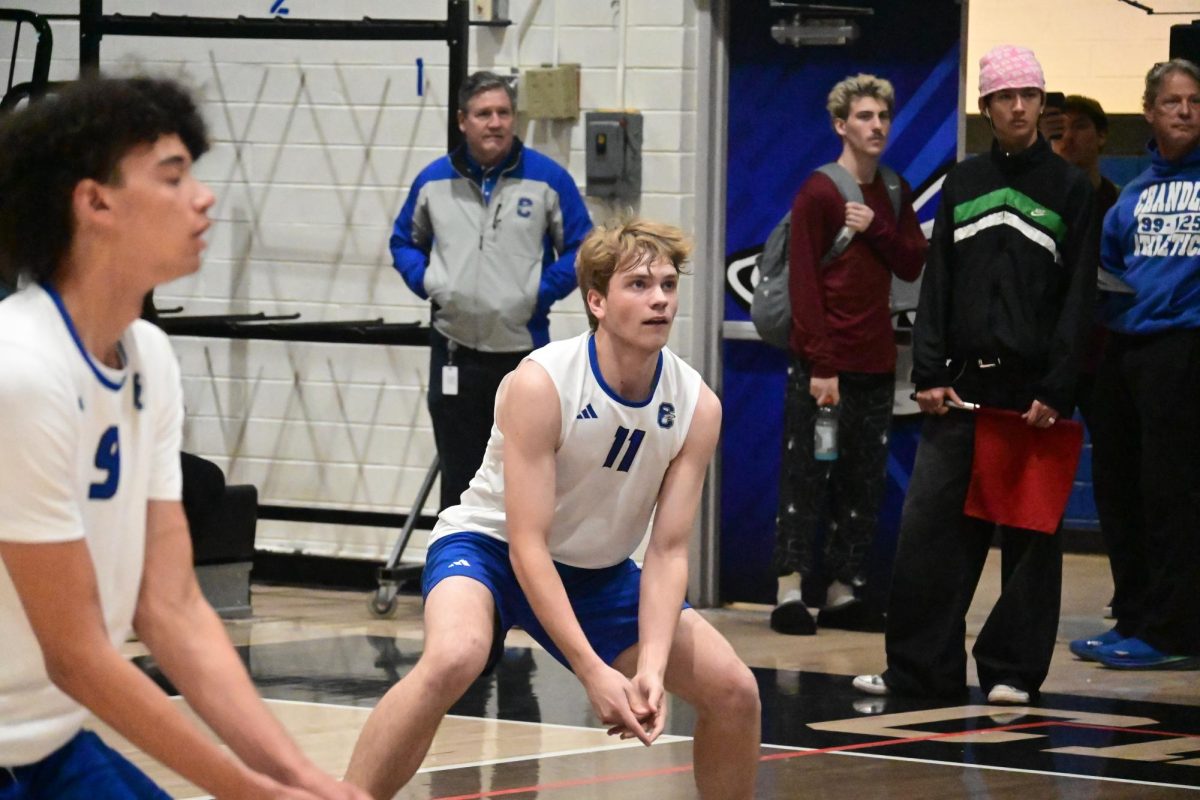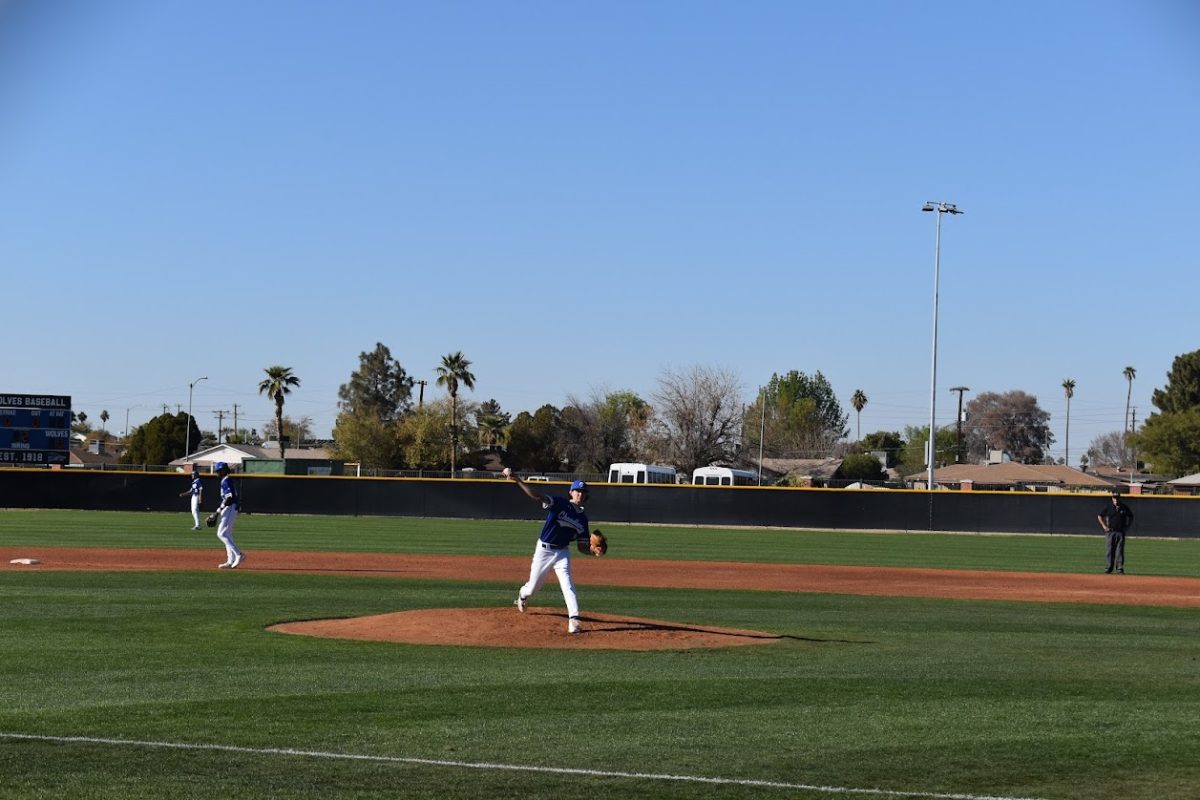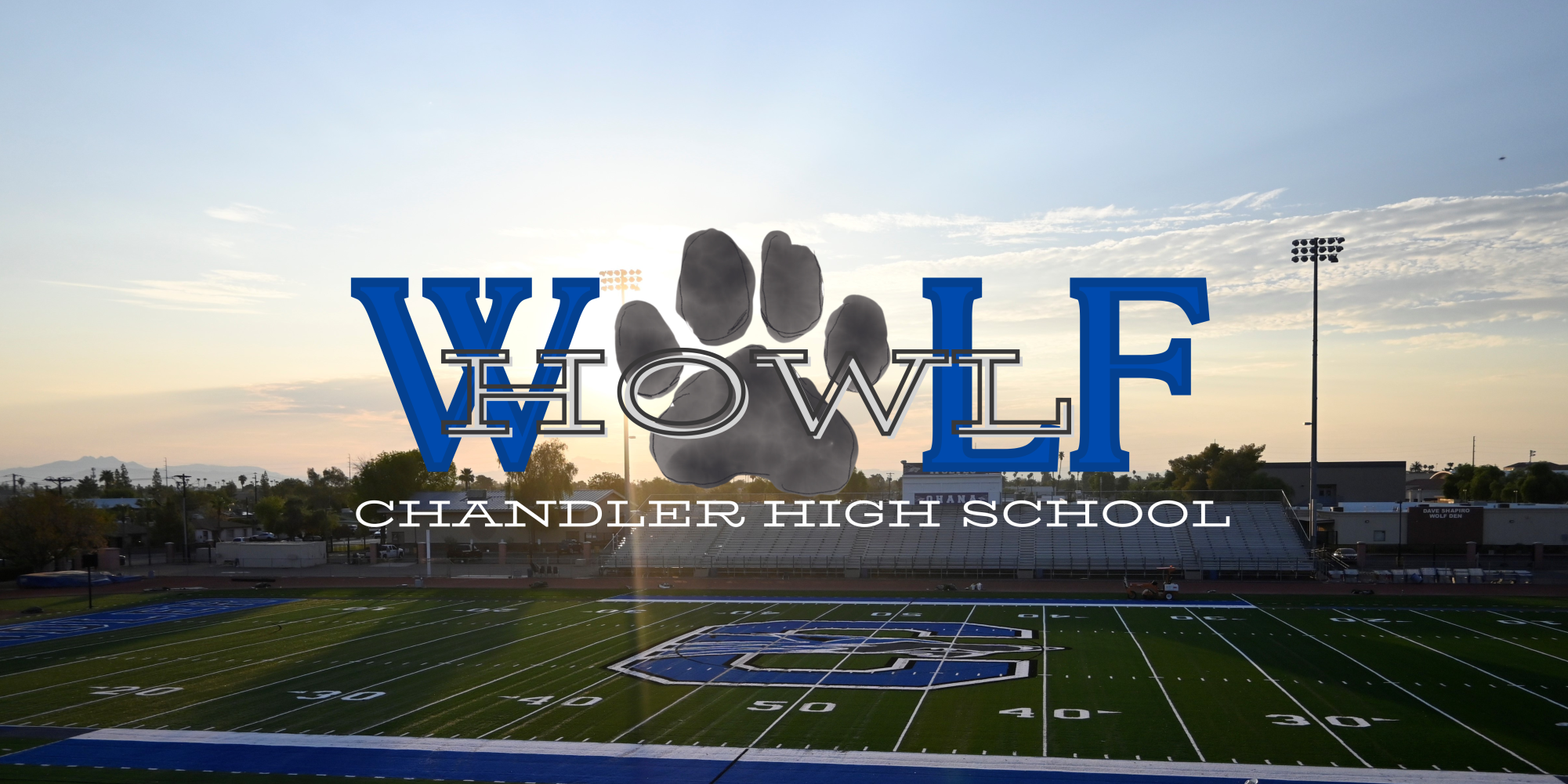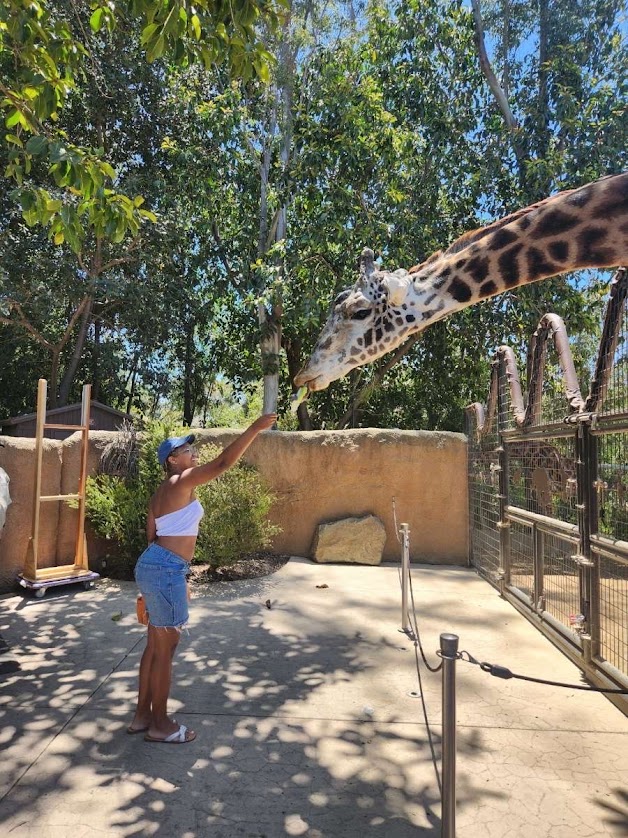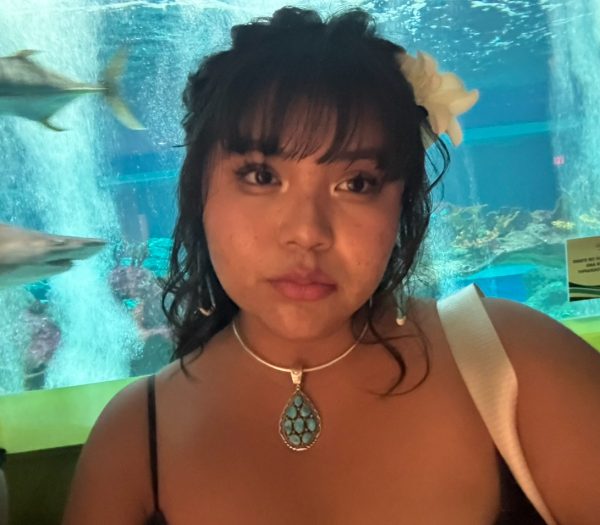On July 31, 2024, Navajo Nation President Buu Nygren issued a six-month ban on the transport of any radioactive material across all Navajo tribal lands.
The Navajo Nation has long dealt with the devastating consequences of uranium mining on its land (ABC News). Decades of mining in the mid-20th century left behind a legacy of environmental contamination and severe health issues for many Navajo people, including higher rates of cancer and respiratory illness. By the late 1960s, uranium mining had declined, but the damage was done. Radioactive waste contaminated the land, damaging Navajo people’s health and traditional cultural practices. In 2005, the Navajo Nation banned uranium mining to protect their health, environment, and cultural heritage of the community (Brugge and Goble).
Kayana Tsosie is a senior at Camelback High School and the president of her school’s Native American Club. She is also a member of Future Inspired Native American Leaders (F.I.N.A.L.) Youth Council. She explained why uranium mining is particularly concerning for her community: ”The land is very sacred to us. Something like uranium will affect the land and our health even though it’s not affecting you.”
Sierra “C.C.” Luna, a junior at Xavier College Preparatory, and vice president of F.I.N.A.L. Youth Council, explained, “When miners on the Navajo nation were granted the job to mine, they had no idea of the harms that uranium would do on them within their organs.” Decades after the mines were closed, many Navajo families continue to live in the area with contaminated soil and water. This exposure has led to an increase in birth defects, miscarriages, and a range of long-term health issues in the population (Nygren). Luna continued, “They were lied to. They were deceived, saying, ‘Oh, that isn’t going to harm you. This is just mining.’ No. My grandpa passed away two years ago due to this uranium radiation… and now I’m personally affected.”
Even after the mines were closed, uranium was still transported through Navajo Nation land for decades. Truck drivers carry uranium materials across the land, further polluting the environment and exposing residents to additional risk. Dust from the uranium settles on the land, contaminating water sources and the air (Salt Lake Tribune).
The Navajo people’s battle with uranium contamination is not only a public health crisis, but also a fight for environmental justice. Sara Chee, another member of F.I.N.A.L Youth Council and a senior at Metropolitan Art Institute, considers this not just a local issue, but a matter of environmental justice and human rights. She believes that students have the power and responsibility to be a part of the solution.
“If the uranium wipes out our culture and tradition, then we are really colonized,” Chee claims. “We are still here, and we will not stop fighting for our land.”

